by Julia Blakeney
You guys! It’s National Poetry Month! Unfortunately, it’s almost over. Fortunately, poetry is for all seasons. And I am here to talk to you about POETRY!

National Poetry Month was started in 1996 by the Academy of American Poets as a way to celebrate all that poetry has to offer. National Poetry Month seeks to show people the wonders of poetry, and its place in our culture and in the literary world.
In my belief, and I’m sure in many others, poetry is the oldest tradition in the literary world. Epic stories were often told in verse form; we are all at least a little familiar with Homer’s The Iliad and The Odyssey as well as epics like Beowulf and Chaucer’s The Canterbury Tales, which is mostly in verse. We all know the classic poetry, the most famous poets. We may all even be a little familiar with the different forms poetry has taken and the different eras it has gone through in the course of history. These are the things I find most beautiful about poetry: its ever-changing, ever-evolving, yet persistent and immortal nature. Poetry is everywhere, and will always be everywhere.
Now, I may not be in the same camp as some readers, but in the past, I have found myself desperately wanting to like certain canonical poets and poetry, but finding myself disenchanted with a lot of it. Don’t get me wrong, I have found a few favorites in the poetry of old: T.S. Eliot’s “The Love Song of J. Alfred Prufrock”, Samuel Taylor Coleridge’s “The Rime of the Ancient Mariner”, and John Keats’s “Ode on a Grecian Urn” being a few. I greatly admire Emily Dickinson, Robert Frost, and Edgar Allan Poe, as well. I also really liked, in a strange, sort of morbid way, John Donne’s “The Flea.” Sadly, however, I have to say that most of the time in my undergraduate poetry-as-literature class at LSU, I did not enjoy many of the poems our professor assigned to us, even some by poets that I really thought I would enjoy.
Don’t hold that against me, though, because during the next semester, I took a poetry writing class rather than a poetry-as-literature class, and that is when I discovered much more recent poetry that I naively (I’ll admit ignorantly) thought existed only online. Thanks to Mrs. Wilky, I discovered more female poets, which was something I had hoped to learn about in my poetry-as-literature class. In her class, I learned the most wonderful thing I had yet to learn about poetry: there is so much poetry out there that you can always find something you enjoy reading and can relate to.
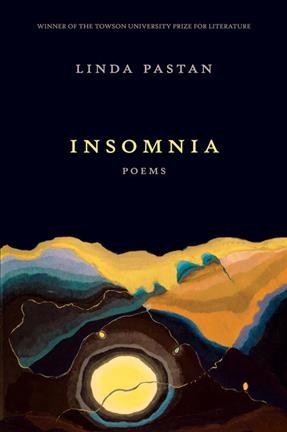 I am happy to say that since I started working at Lemuria, I’ve discovered wonderful contemporary poets who write poetry that I can relate to. In one of my first blogs for Lemuria, I took on Rupi Kaur’s Milk and Honey,feeling like no amount of words could do it justice. I have just recently finished Linda Pastan’s Insomnia: Poems, which was wonderful, and highly relatable for me; I feel the same way about it as I did Milk and Honey. It is a short little volume about living life and living it well in this incredibly fast-paced world, which I think many would love as much as I did. I have discovered books by other young poets, such as Tyler Knott Gregson; I found his “Typewriter Series” online years ago, but I never knew about his books, such as Wildly into the Dark.
I am happy to say that since I started working at Lemuria, I’ve discovered wonderful contemporary poets who write poetry that I can relate to. In one of my first blogs for Lemuria, I took on Rupi Kaur’s Milk and Honey,feeling like no amount of words could do it justice. I have just recently finished Linda Pastan’s Insomnia: Poems, which was wonderful, and highly relatable for me; I feel the same way about it as I did Milk and Honey. It is a short little volume about living life and living it well in this incredibly fast-paced world, which I think many would love as much as I did. I have discovered books by other young poets, such as Tyler Knott Gregson; I found his “Typewriter Series” online years ago, but I never knew about his books, such as Wildly into the Dark.
Anyway, I wrote about all my experiences with poetry to tell you that poetry is one of those things that I didn’t really enjoy until I related to it, and I am sure I am not alone in this. I have been grateful for the last few years to learn about the wonders of poetry, the versatility of poetry, through classes and amazing events like National Poetry Month, as well as just browsing the shelves at Lemuria. 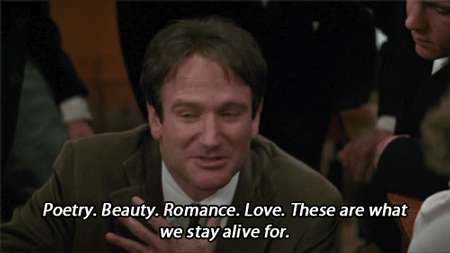 The versatility of poetry is one of the things that drew me to it in the first place; poetry has many different uses: to convey love (or even hate) and other emotions, to appreciate nature, to appreciate culture, and to encourage activism. Whatever your interest, there’s going to be poetry out there for you to discover. Come and see sometime what poetry has to offer you.
The versatility of poetry is one of the things that drew me to it in the first place; poetry has many different uses: to convey love (or even hate) and other emotions, to appreciate nature, to appreciate culture, and to encourage activism. Whatever your interest, there’s going to be poetry out there for you to discover. Come and see sometime what poetry has to offer you.
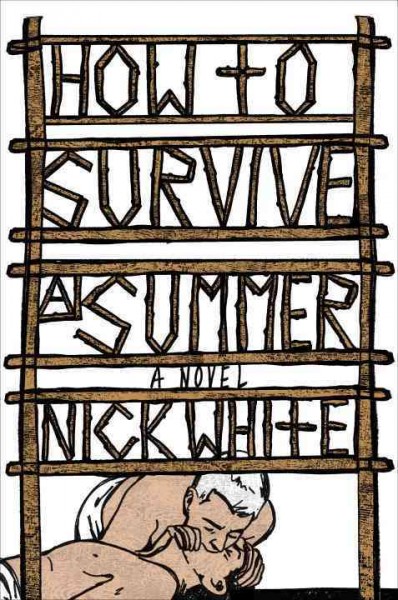 White’s debut novel is about a man who, as a teenager, went to a gay-to-straight conversion camp in Mississippi. When the story of the camp is made into a movie, the main character, Will Dillard, returns to his roots and finally reckons with his past. The story is told through memories and reads almost like a memoir, as it focuses on emotions and is told primarily through internal dialogue. But the plot–the truth of what really happened that summer–kept me turning pages.
White’s debut novel is about a man who, as a teenager, went to a gay-to-straight conversion camp in Mississippi. When the story of the camp is made into a movie, the main character, Will Dillard, returns to his roots and finally reckons with his past. The story is told through memories and reads almost like a memoir, as it focuses on emotions and is told primarily through internal dialogue. But the plot–the truth of what really happened that summer–kept me turning pages.
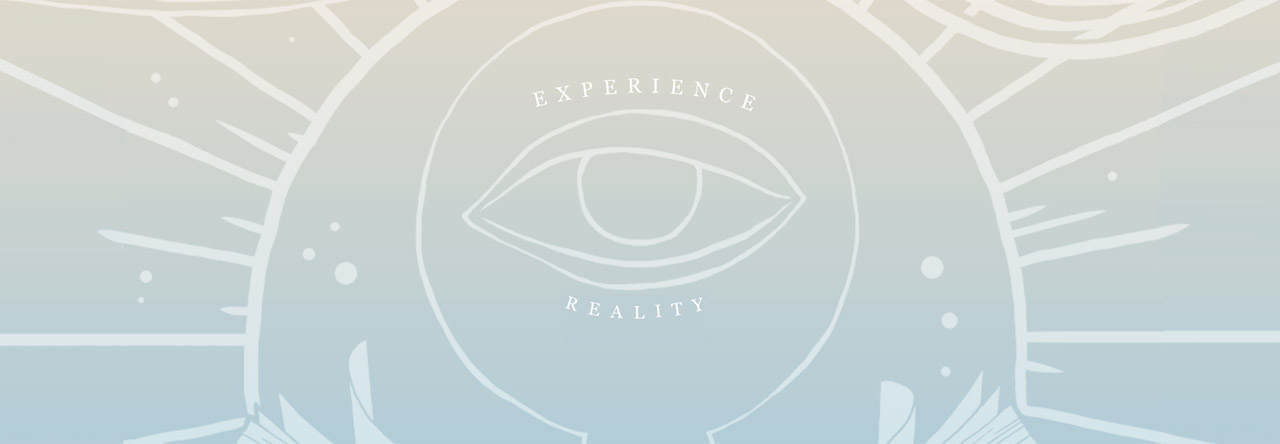
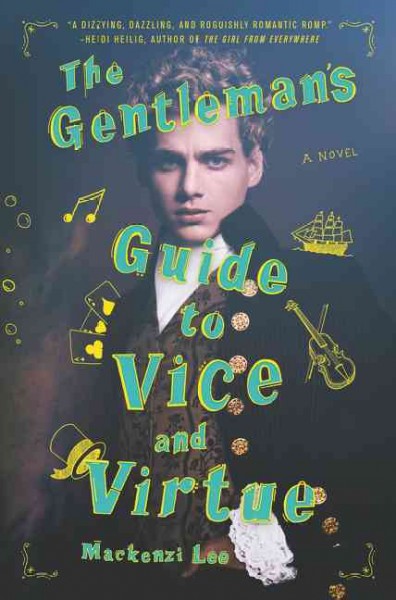 In
In  Sarah Churchwell’s
Sarah Churchwell’s 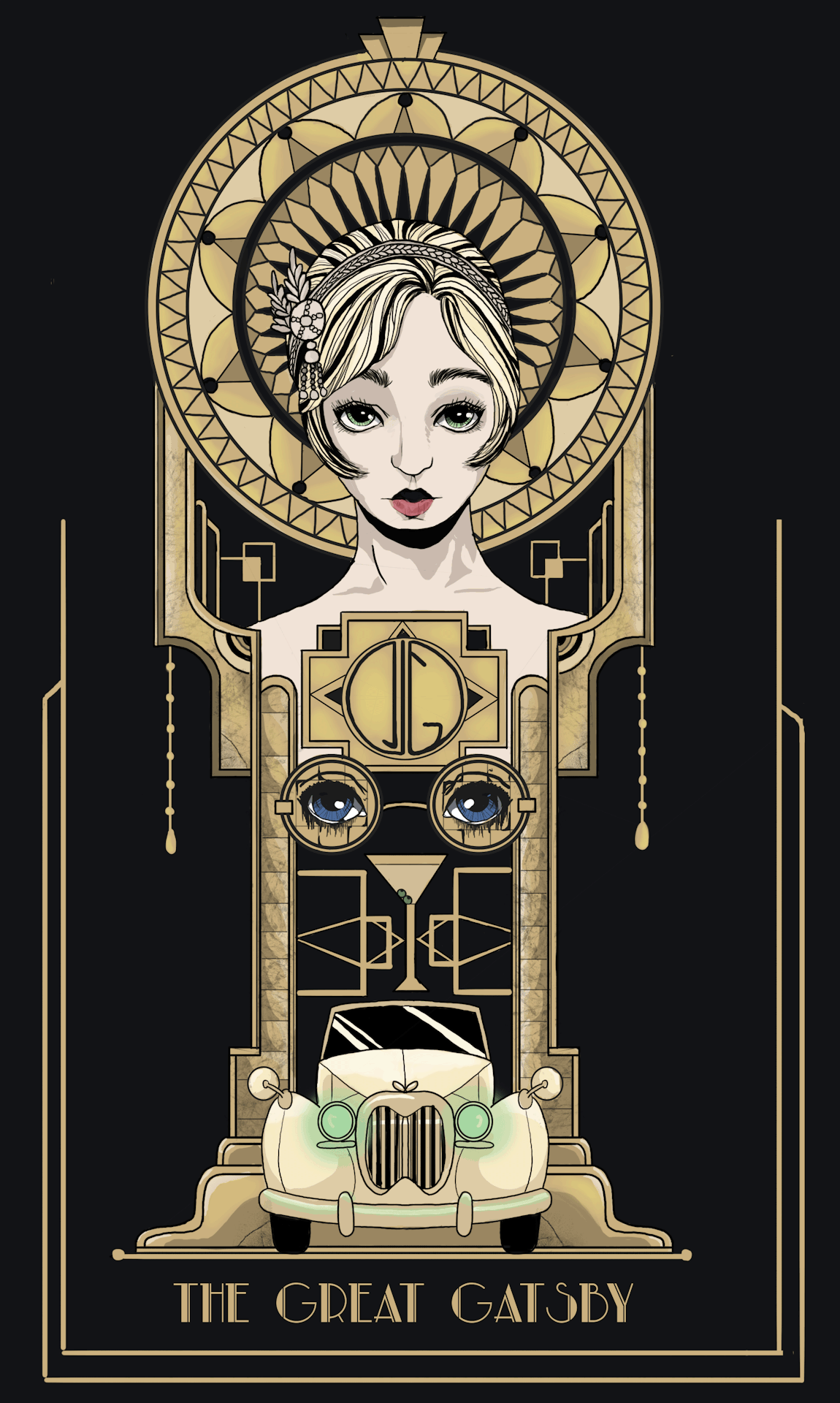 Fortunately, I was reacquainted with Gatsby & Co. almost a decade later when it was I, as an English teacher, who assigned Gatsby to a new crop of high school sophomores. I had a better appreciation by then of American history, and dreams, and ambition, and poetry—and so, too, the novel itself. But mine was a fairly by-the-numbers enlightenment about the books’ genius.
Fortunately, I was reacquainted with Gatsby & Co. almost a decade later when it was I, as an English teacher, who assigned Gatsby to a new crop of high school sophomores. I had a better appreciation by then of American history, and dreams, and ambition, and poetry—and so, too, the novel itself. But mine was a fairly by-the-numbers enlightenment about the books’ genius.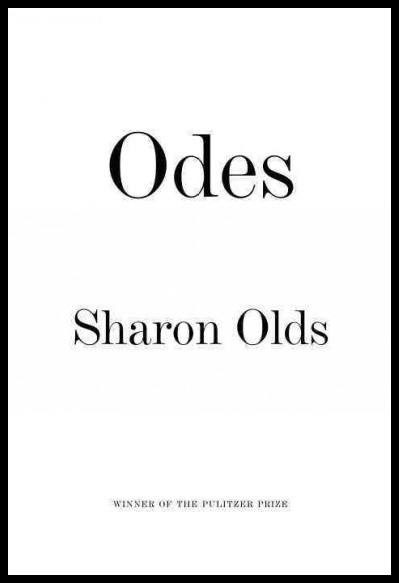 All of that is to say I am reading A LOT of poetry right now. However, in my mind, one collection of poems currently shines above the rest. Sharon Olds won the Pulitzer with her 2012 collection, Stag’s Leap. Her newest collection is entitled
All of that is to say I am reading A LOT of poetry right now. However, in my mind, one collection of poems currently shines above the rest. Sharon Olds won the Pulitzer with her 2012 collection, Stag’s Leap. Her newest collection is entitled 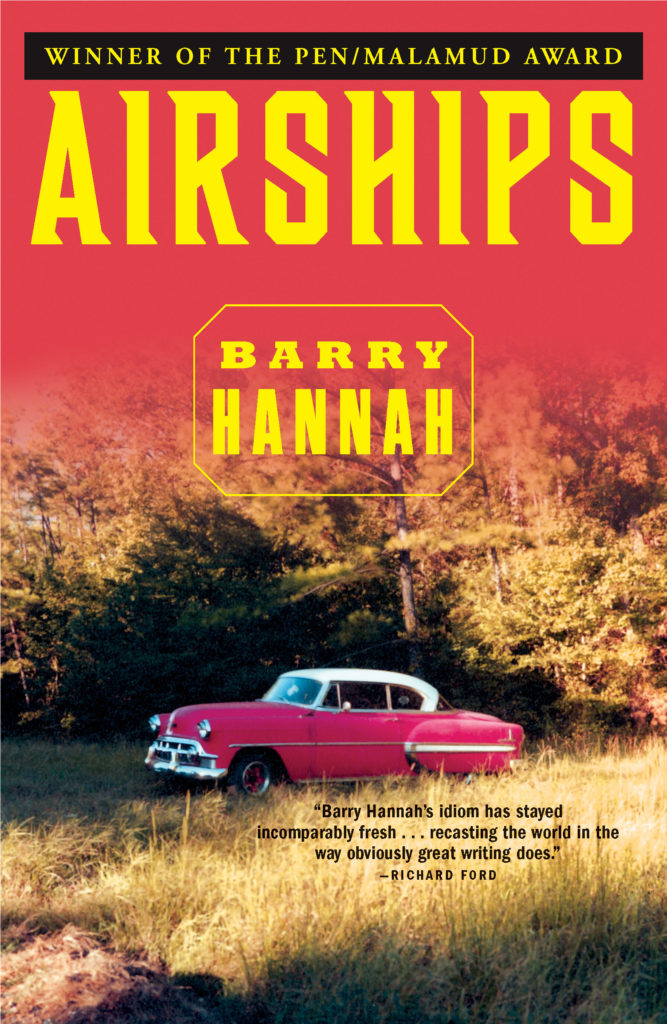 By Katie Magee
By Katie Magee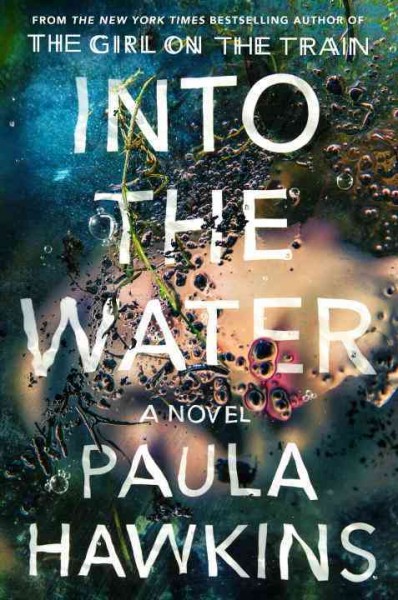 When Nel Abbott jumps to her death in the river, she leaves behind her teenage daughter. Nel’s sister, Jules, comes to take care of her, returning to a town she was desperate to run away from. But this isn’t the first person to turn up dead in the water. The river has claimed the lives of several women over the years, and most recently, a teenage girl. However, not everyone is mourning the death of Nel, who was writing a book about the river’s past and dredging up memories the town would rather put to rest. Was someone desperate enough to keep secrets hidden…that they pushed her? Or is there something more sinister in the water that draws these women in?
When Nel Abbott jumps to her death in the river, she leaves behind her teenage daughter. Nel’s sister, Jules, comes to take care of her, returning to a town she was desperate to run away from. But this isn’t the first person to turn up dead in the water. The river has claimed the lives of several women over the years, and most recently, a teenage girl. However, not everyone is mourning the death of Nel, who was writing a book about the river’s past and dredging up memories the town would rather put to rest. Was someone desperate enough to keep secrets hidden…that they pushed her? Or is there something more sinister in the water that draws these women in? If the characters don’t draw you in, the setting certainly does. The small town trying to ignore its own tragic past (which involves drowning accused witches) sets a creepy tone for the story. I liked how Hawkins includes excerpts from Nel Abbott’s unpublished book about the girls who died in the river. It really added to the idea of the river being a character in the story and kept me wondering what was behind these suicides.
If the characters don’t draw you in, the setting certainly does. The small town trying to ignore its own tragic past (which involves drowning accused witches) sets a creepy tone for the story. I liked how Hawkins includes excerpts from Nel Abbott’s unpublished book about the girls who died in the river. It really added to the idea of the river being a character in the story and kept me wondering what was behind these suicides.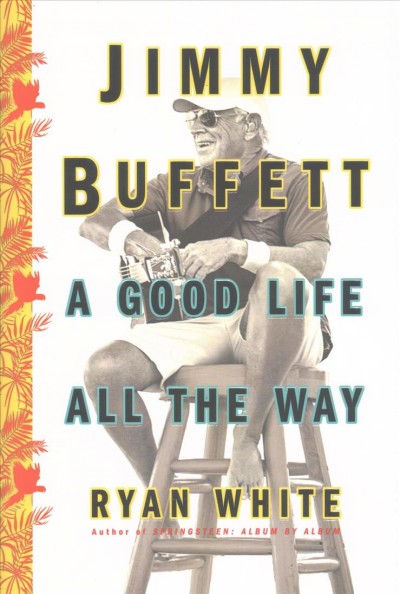 Jimmy Buffett is at the center of my musical taste, from way back when I was but a tiny child riding in the back seat of my mom’s Camaro. He’s known for his
Jimmy Buffett is at the center of my musical taste, from way back when I was but a tiny child riding in the back seat of my mom’s Camaro. He’s known for his 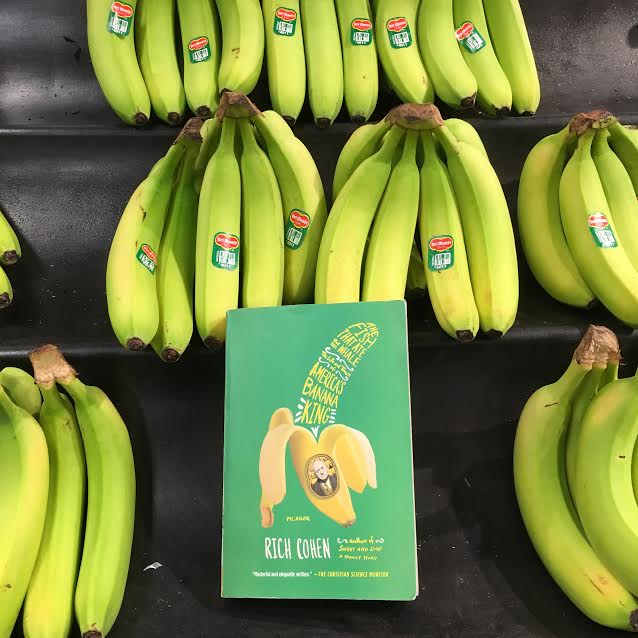
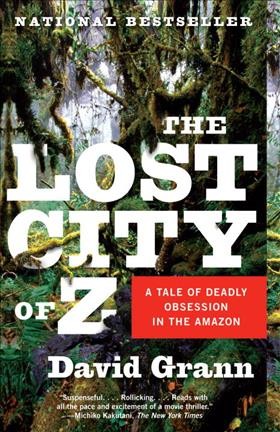 I’ve seen this book lurking around the store since I arrived here two years ago, but only felt compelled to pick it up due to the impending arrival of David Grann, who was here last week to promote his new book, Killers of the Flower Moon. Boy, am I glad I finally discovered The Lost City of Z…well, discovered the book anyway. It tells the captivating tale of Col. Percy Fawcett, a British explorer from the Royal Geographic Society who first comes to South America in search of adventure, and later becomes obsessed with finding a mythical city, representing for Percy the soul of the Amazon itself. This is the most captivating mystery in the jungle I’ve heard about since the television show Lost went off the air. Grann’s book is about obsession, history, geography, and the limits of what humans can ever empirically know. I cannot recommend this book highly enough.
I’ve seen this book lurking around the store since I arrived here two years ago, but only felt compelled to pick it up due to the impending arrival of David Grann, who was here last week to promote his new book, Killers of the Flower Moon. Boy, am I glad I finally discovered The Lost City of Z…well, discovered the book anyway. It tells the captivating tale of Col. Percy Fawcett, a British explorer from the Royal Geographic Society who first comes to South America in search of adventure, and later becomes obsessed with finding a mythical city, representing for Percy the soul of the Amazon itself. This is the most captivating mystery in the jungle I’ve heard about since the television show Lost went off the air. Grann’s book is about obsession, history, geography, and the limits of what humans can ever empirically know. I cannot recommend this book highly enough.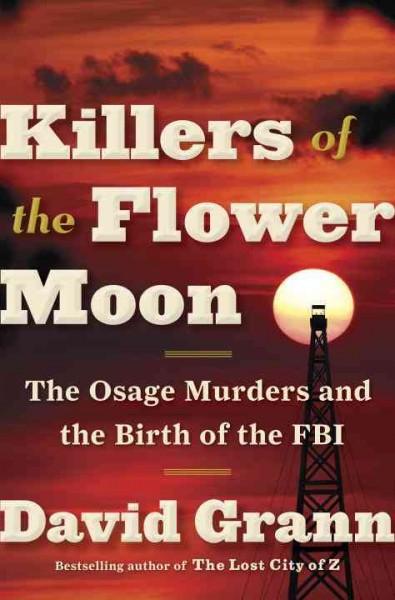 The Osage tribe in the late 1800s, like many other native peoples of the Americas, had been confined to smaller and smaller territories as white settlers hungered for their land. After seeing
The Osage tribe in the late 1800s, like many other native peoples of the Americas, had been confined to smaller and smaller territories as white settlers hungered for their land. After seeing 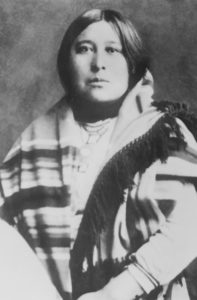
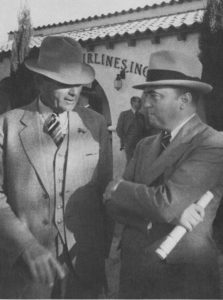

 I am happy to say that since I started working at Lemuria, I’ve discovered wonderful contemporary poets who write poetry that I can relate to. In one of
I am happy to say that since I started working at Lemuria, I’ve discovered wonderful contemporary poets who write poetry that I can relate to. In one of  The versatility of poetry is one of the things that drew me to it in the first place; poetry has many different uses: to convey love (or even hate) and other emotions, to appreciate nature, to appreciate culture, and to encourage activism. Whatever your interest, there’s going to be poetry out there for you to discover. Come and see sometime what poetry has to offer you.
The versatility of poetry is one of the things that drew me to it in the first place; poetry has many different uses: to convey love (or even hate) and other emotions, to appreciate nature, to appreciate culture, and to encourage activism. Whatever your interest, there’s going to be poetry out there for you to discover. Come and see sometime what poetry has to offer you.